Phonics - Early Reading
"Fred Frog helps us sound out words! I am getting better at reading now."
- Year 1 Pupil
At Keston CE Primary School, teaching our children to read is a top priority. The ability to read fluently with expression and understanding opens up a world of imagination and learning for everyone. We believe that reading is key for academic success and progress across the curriculum and we are dedicated to providing our pupils with the skills and confidence to deal with printed language from a very early age. We provide children with a structured scheme, Read, Write, Inc., that will lead to children becoming fluent readers so that at the end of their primary education at Keston, they are able to read a wide variety of texts effortlessly.
The RWI programme is delivered to:
- Pupils in EYFS to Year 2 who are learning to read and write
- Any pupils in Years 2, 3 and 4 who need to catch up rapidly
- Struggling readers in Years 5 and 6 follow Read Write Inc.
Pupils are taught to work effectively with a partner to explain and consolidate what they are learning. This provides the teacher with opportunities to assess learning and to pick up on difficulties, such as pupils’ poor articulation, or problems with blending or alphabetic code knowledge.
We group pupils homogeneously, according to their progress in reading rather than their writing. This is because it is known that pupils’ progress in writing will lag behind progress in reading, especially for those whose motor skills are less well developed.
In Reception, we emphasise the alphabetic code. The pupils rapidly learn sounds and the letter or groups of letters they need to represent them. Simple mnemonics help them to grasp this quickly. This is especially useful for pupils at risk of making slower progress. This learning is consolidated daily. Pupils have frequent practice in reading high frequency words with irregular spellings (common exception words).
We make sure that pupils read books that are closely matched to their increasing knowledge of phonics and the common exception words. This is so that, early on, they experience success and gain confidence that they are readers. Re-reading and discussing these books with the teacher supports their increasingly fluent decoding.
In Year 1, children will complete a Phonics Screening Check at the end of the year. Children will take this test in an informal setting, one-to-one, with a teacher. Whilst children learn phonics to help them with both word reading and spelling, the Phonics Screening Check only tests their skills at word reading. This is sometimes called decoding. During the Phonics Screening Check, children are asked to read (decode) 40 words. Most of these words are real words but some are pseudo-words (made up words). Pseudo-words are included to ensure that children are using their decoding skills and not just relying on their memory of words they’ve read before. As some children may misread these pseudo-words based on their similarity to words in their existing vocabulary, each pseudo-word is clearly identified with an image of an alien. Most teachers and children, therefore, refer to pseudo-words as alien words. Children are taught phonics every day and they will be taught the difference between pseudo-words and real words throughout the school year.
It is our aim that the majority of children in Year 2 complete the RWI programme by end of the autumn term in Year 2.
All classrooms and teaching spaces across the school display the RWI Speed Sounds chart to support children with their reading and spelling.
